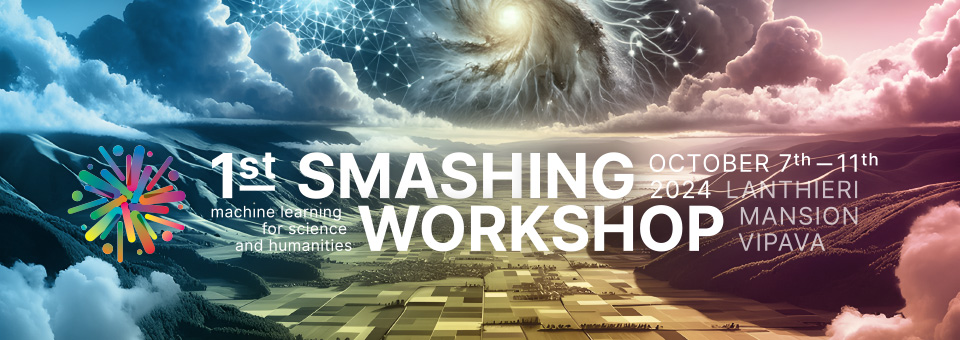Speaker
Description
The detection of faint γ-ray sources is an historical challenging task for the very-high energy astrophysics community. The standard approaches to identify sources rely on likelihood analyses. However, our lack of knowledge of background uncertainties can introduce strong biases in the results and hinder a detection. The field of machine learning (ML) has advanced dramatically over the past decade and its capability has been proven in a multitude of different applications. Previous works (Panes et al. 16) have shown the potential of a Convolutional Neural Network (CNN) based pipeline focused on U-Net based algorithms, called AutoSourceID, to detect point sources on simulated Fermi-LAT data. In this presentation, we will discuss the next natural steps to further develop this pipeline which consist in implementing the detection and characterization of extended and overlapping sources. We will discuss the application of the Mask R-CNN (Tabernik & Skocaj 2019) and spare-shot learning algorithms to the AutoSourceID pipeline to aid in the detection of extended and overlapping sources in the context of the future Cherenkov Telescope Array Observatory (CTAO) data. The use of this novel pipeline based on ML techniques will serve as benchmark for future CTAO analyses and due to its inherent adaptability, will also aid solving other γ-ray puzzles related to faint sources as source identification in the galactic plane or detection of galaxy clusters.

